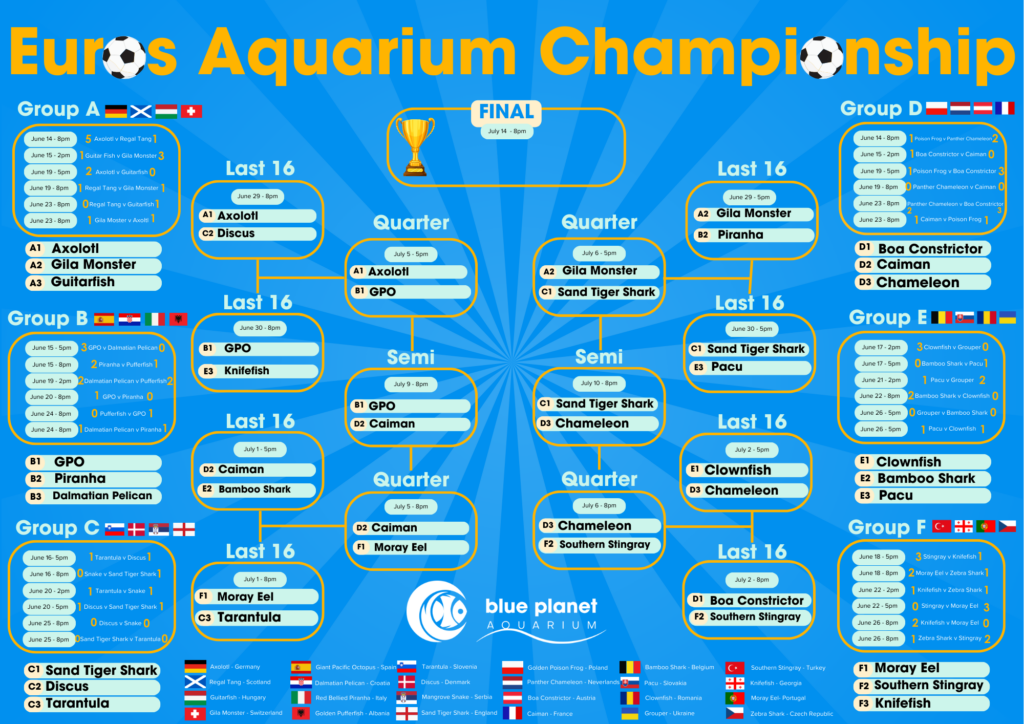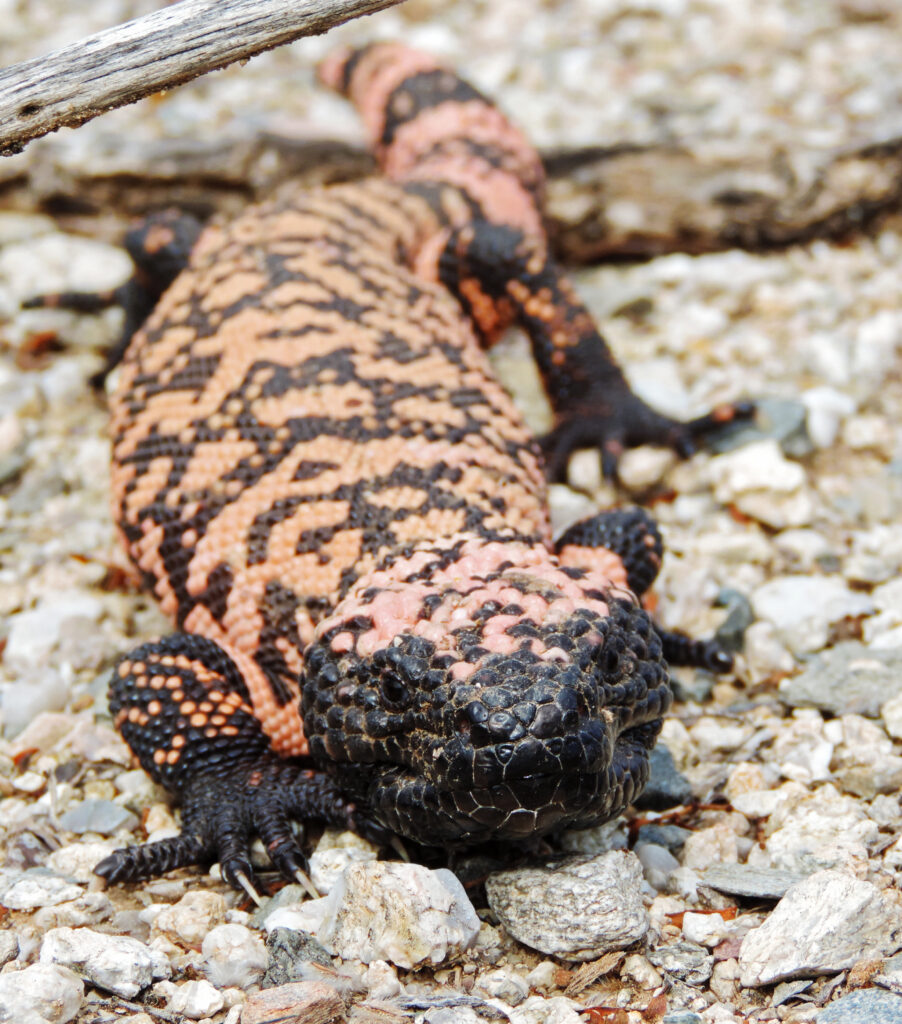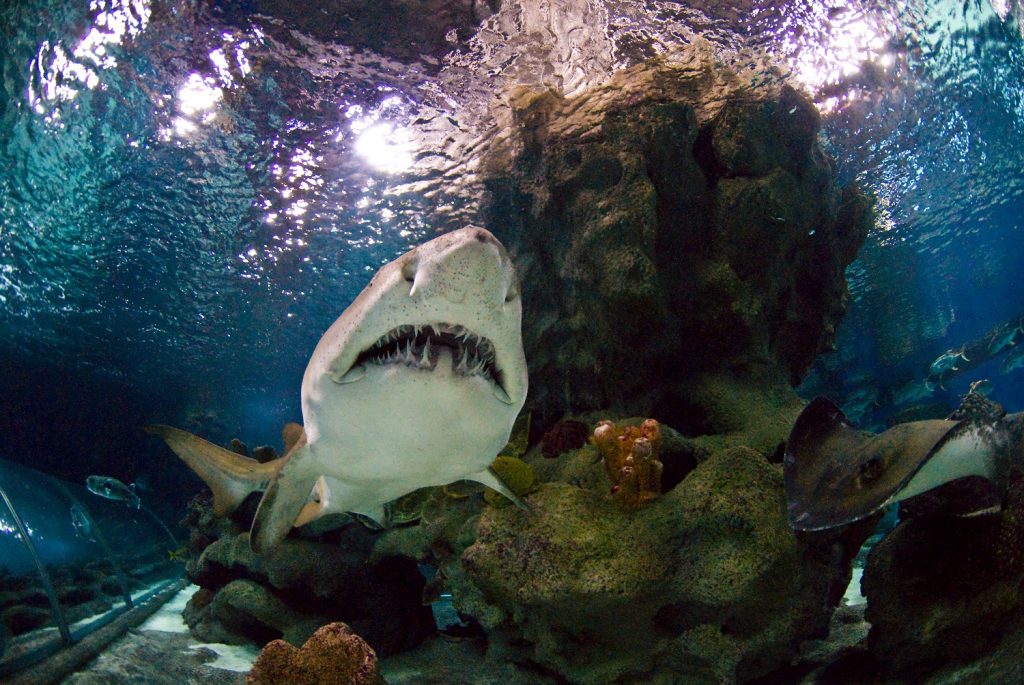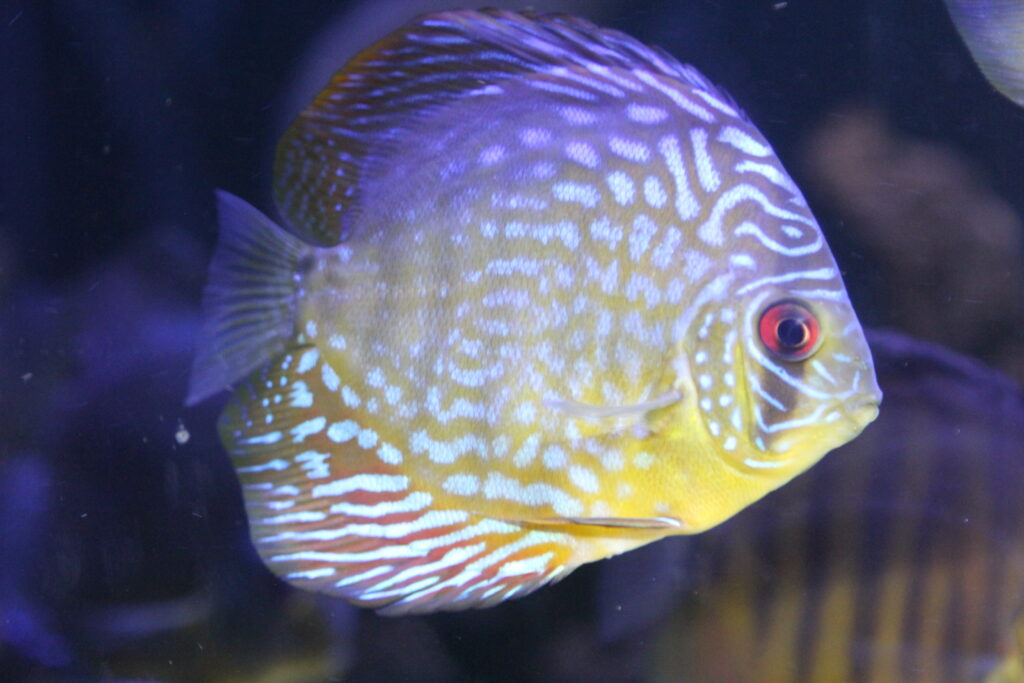Join us as we follow the progress of Euro 2024 through our species at Blue Planet Aquarium. Each country will be represented by a different animal, giving you the chance to learn all about them as they progress through the tournament, but…. There can only be one WINNER! Who do you think will be crowned victorious?

Lets have a look at our Last 16
Axolotl
The newest addition to our Frog Zone will be representing host country, Germany. The Axolotl has amazing regenerative powers, how cool! They can regenerate their limbs, nerves, spinal cord and organs.
Gila Monster
Known to be one of the only venomous lizards in North America – The Gila Monster has chosen Switzerland as their favourites for the Euros 2024! Although they’re venomous, they aren’t lethal to humans but it may leave them with intense pain and discomfort. Find them in our Venom exhibit and with its striking orange and back markings they’re hard to miss!

Giant Pacific Octopus
This intelligent master of disguise will represent to country of Spain in the tournament. With some impressive skills, its not hard to see why they’re a firm favourite. With the ability to change colour and even texture the Giant Pacific Octopus can fit itself into the smallest of spaces! They have 9 brains and three hearts – do you think the Giant Pacific Octopus will be crowned champion?
Red Bellied Piranha
A fierce and ferocious reputation has ensured that the Red Bellied Piranha have earned a place as a tournament favourite for… Italy! This species is actually more shy and docile, although they do have the ability to bark to ward off predators.
Sand Tiger Shark
The size and strength of the Sand Tiger Shark has afforded it a spot near the top of the ocean food chain, let’s hope they can replicate that representing England in the tournament. One of our biggest and most iconic sharks here at Blue Planet Aquarium don’t miss their protruding jagged teeth from our Shark Tunnel – One of the longest in the UK!

Discus
Coined as King of the Aquarium, the Discus is representing Denmark. Notably, this species is known as one of the most difficult for fish keepers to look after. This takes some serious skill from our expert aquarists to keep these stunning Cichlids. Known for their Bright colours, distinctive shape and calm behaviour. Do you think the Discus will be King of the Aquarium AND King of Euro 2024?

Boa Constrictor
Found in our Flooded Forest Exhibit, the Boa Constrictor is a large, non-venomous, heavy bodied snake. Not to be overlooked in this competition representing group winner Austria.
Caiman
Cuvier’s Dwarf Caiman is the smallest type of crocodile in the world! To make up for their small size they have a strong defence to protect themselves against predators. In the wild, their main predators are Boa Constrictors, Jaguars and Green Anacondas! Let’s hope their strong defence sees them go far in the tournament with France!
Moray Eel
Also known as the laced moray and leopard moray eel, this species easily recognised by its black spots and white-yellow body. These spots are unique to the individual, varying in size and shape. The honeycomb moray eel is found throughout the Indo-West Pacific, preferring to live amongst caves, seagrass beds and coral reefs. The Moray Eel is on team Portugal!
Tarantula
Tarantulas are generally solitary creatures found across mid and south America, Asia and Australis as they prefer warmer climates! Interestingly, they don’t use webs to catch their prey, they wait until night fall and they catch prey with their 8 legs! Maybe their interesting hunting tactics is why they’re supporting Slovenia!
Panther Chameleon
Panther chameleons are among over 200 species of chameleons, renowned for their remarkable ability to change colour. These incredible creatures are moderately sized, with males often sporting more vibrant colours than their female counterparts. Netherlands are being represented by our Panther Chameleons!
Clownfish
Found in our Coral Cave exhibition, the Clownfish draws in quite the crowd, even before the release of Finding Nemo in 2003. Did you know that there are actually 30 unique species of clownfish (or anemonefish as they’re also known), all belonging to the Amphiprioninae family? Their colours depend on where they live! On this occasion our Blue Planet Aquarium Clownfish will be adorning the colours of Romania!
Bamboo Shark
They have a round snout with a low jaw ideal for feeding off the reef floor. The dorsal fins are spineless and equal-sized and they have a long tail. These features allow flexibility around the reef and to hide effectively from potential predators. Belgium are being represented by the Bamboo Shark.
Pacu
Black Pacu are widely known as vegetarian piranha. They can grow up to 36 inches and weigh over 29kg, in a rounded disc shape. They have strong jaws and teeth but they aren’t actually aggressive, making them quite peaceful animals. Our Pacu’s are on team Slovakia.
Southern Stingray
Stingrays are related to sharks, as they are made up of cartilage instead of bone, plus they have electroreceptors to help them find and capture prey. They also, interestingly, have spiracles which are used by the animal to breath. These openings are cleverly positioned behind the eyes on the top of their body, allowing the stingray to breath whilst they are laying flat on the bottom of the water, camouflaged to either hide from predators or to surprise their prey! Find them in our ocean Exhibit supporting team Turkey.
Knifefish
They emit an electricity field which helps them find their way around in dark parts of the South American river systems. Our Knifefish are representing underdogs, Georgia!
